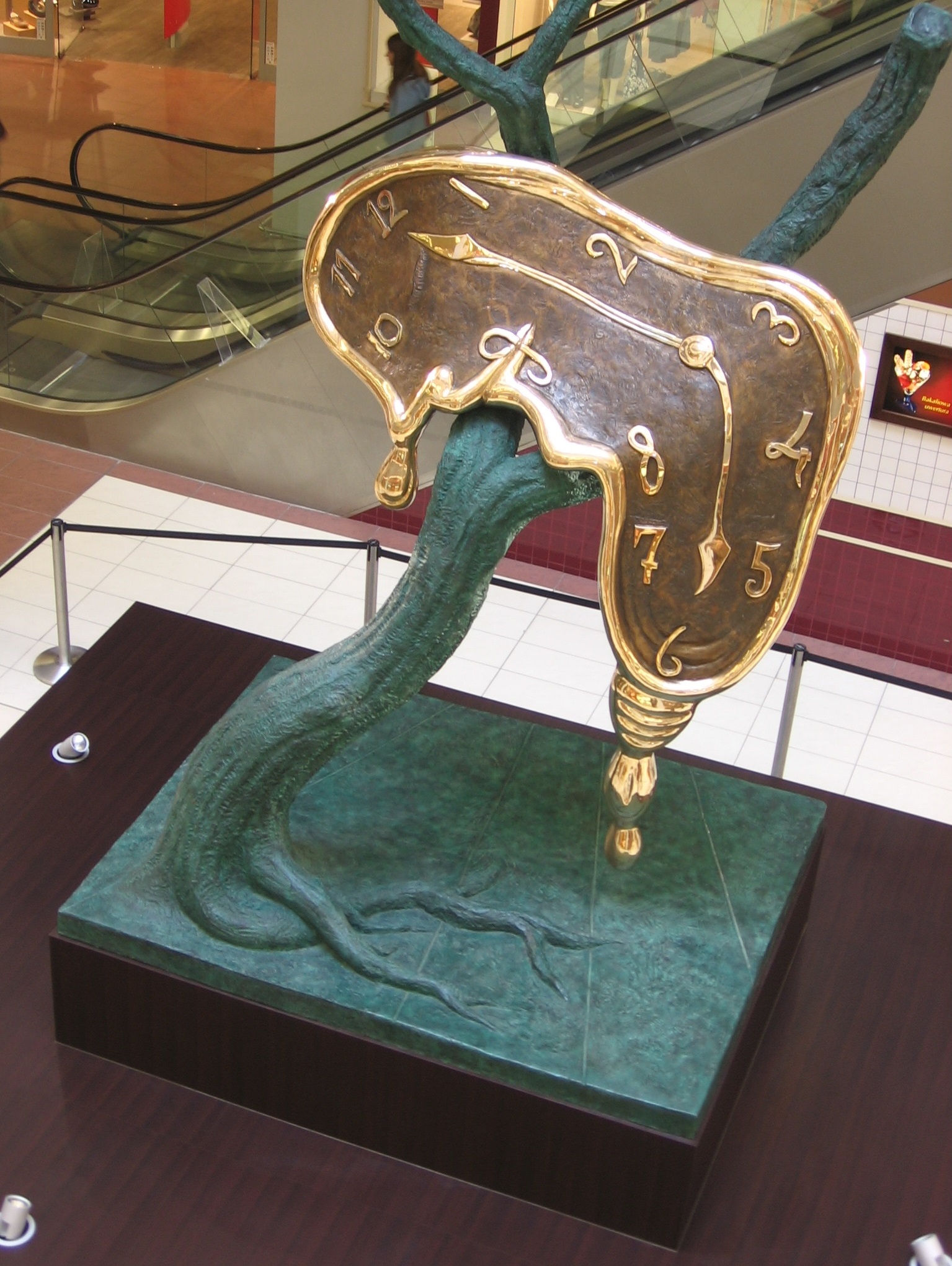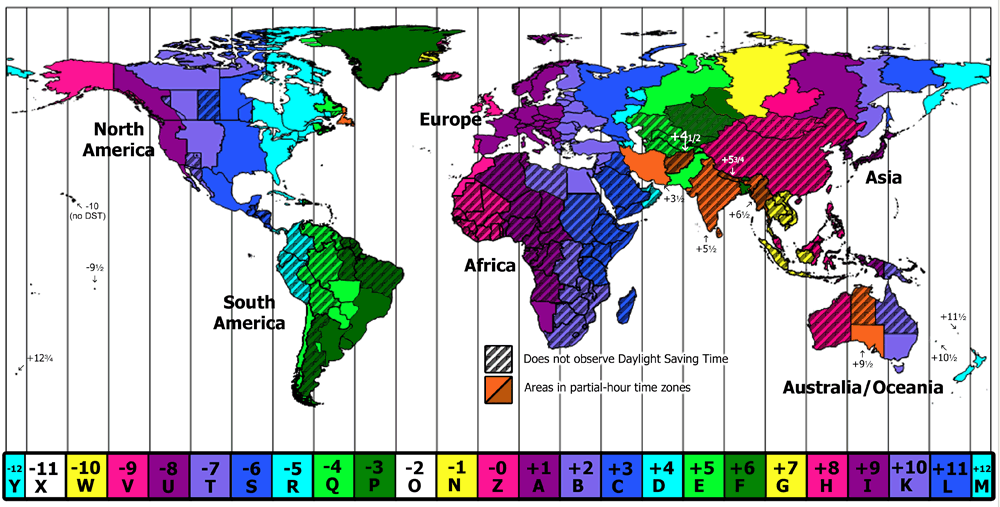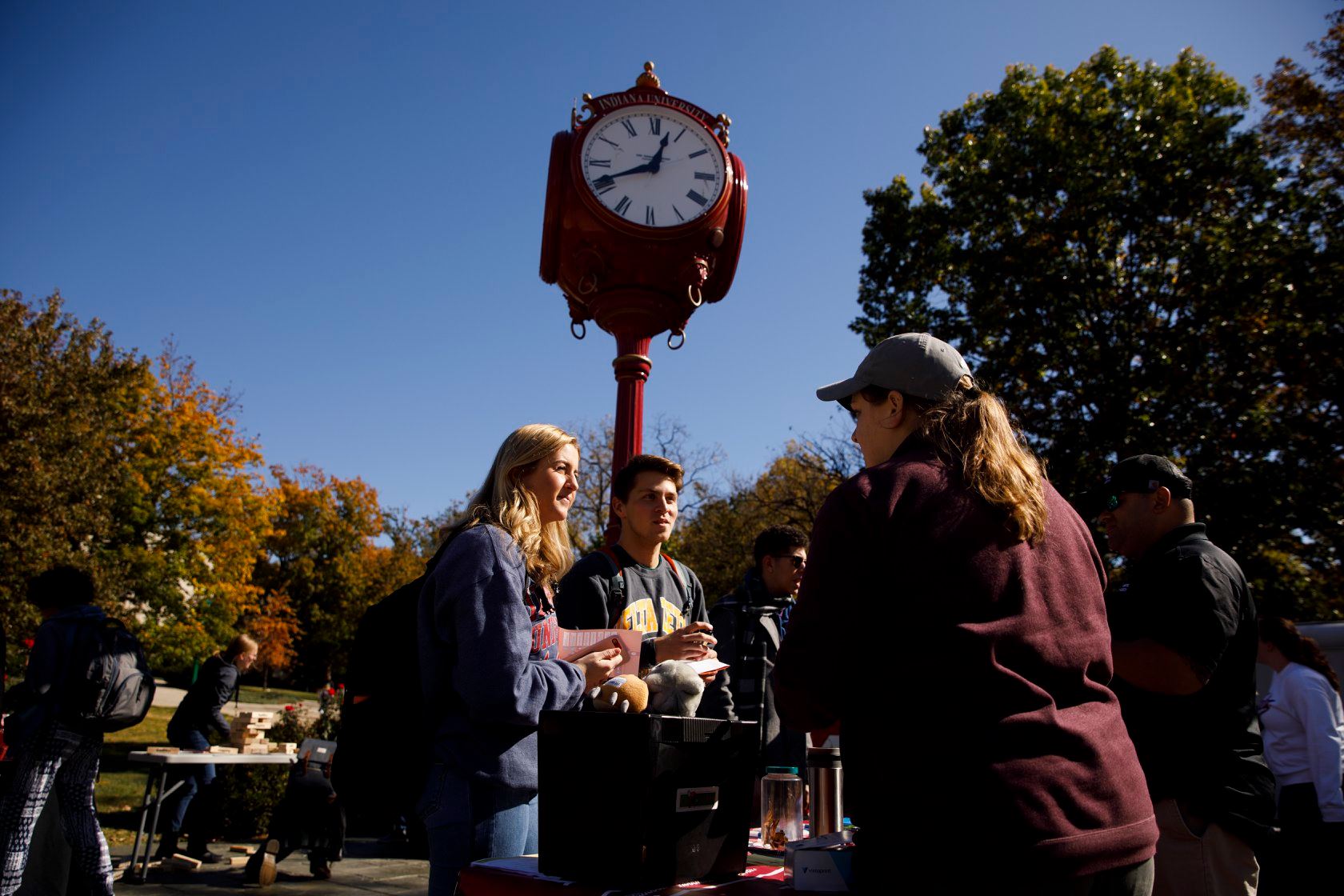Standard Time Act of 1918 | 18th November 1883 “The Day of Two Noons”
The time shift results in sunrise and sunset occurring approximately one hour later on the clock than the day before, providing more daylight in the evening and less in the morning.
Start Date: Daylight Saving Time begins on Sunday, March 9, 2025. This is the second Sunday in March, following the schedule established by theEnergy Policy Act of 2005.
Time Change: At 2:00 a.m. local standard time, clocks are set forward one hour to 3:00 a.m. local daylight time. This is often referred to as “springing forward.”
Geographic Scope: Most of the United States observes DST, except for Hawaii and most of Arizona (with the exception of the Navajo Nation, which does observe DST). U.S. territories such as American Samoa, Guam, the Northern Mariana Islands, Puerto Rico, and the U.S. Virgin Islands do not participate in DST.
Legal Basis: The rules are governed by the Uniform Time Act of 1966, as amended by the Energy Policy Act of 2005. The U.S. Department of Transportation oversees the implementation, while states and territories have the option to opt out of DST but cannot independently choose to make it permanent without federal approval.
Superseded: Daylight Saving Time Rules
The U.S. power grid operates on a synchronized frequency of 60 Hz, maintained across three major interconnections: Eastern, Western, and Texas. During the Daylight Saving Time (DST) switch—typically at 2:00 AM local time on the second Sunday in March (spring forward) or the first Sunday in November (fall back)—the grid’s synchronization is unaffected because it relies on Coordinated Universal Time (UTC), not local time. Grid operators, coordinated by entities like the North American Electric Reliability Corporation (NERC), ensure frequency stability through automatic generation control (AGC) systems, which adjust power output to match demand in real time.
Ω
The DST shift doesn’t disrupt this process. When clocks spring forward (e.g., 2:00 AM becomes 3:00 AM), demand may briefly drop as human activity adjusts, but AGC systems respond instantly, balancing generation and load. In the fall, when clocks fall back (e.g., 2:00 AM repeats), a temporary demand spike might occur, but the grid’s inertial stability—provided by large rotating generators—and real-time monitoring prevent desynchronization. Operators may pre-schedule minor adjustments, but the system’s design, rooted in UTC-based frequency regulation, ensures seamless operation. Thus, while local time shifts, the grid’s 60 Hz hum remains steady across the transition.













